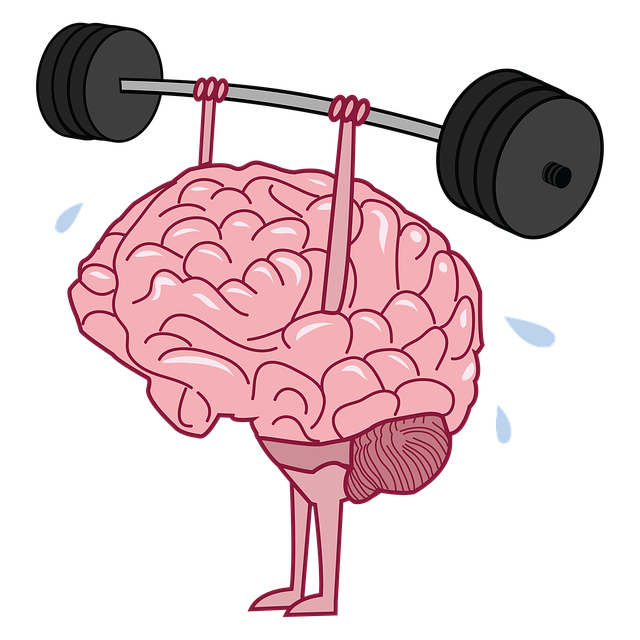Effective mental wellness facilitation at Lakewood Child Abuse Therapy leverages safe, supportive environments, active listening, and reflective practices to empower trauma survivors and anxiety management participants. Interactive activities, positive affirmations, mindfulness, and emotional regulation techniques challenge negative thought patterns, promote resilience, and foster personal growth. Journaling exercises tailored to age groups encourage self-expression, while group dynamics enhance mental health awareness and social skills. This holistic approach, mirroring Lakewood's success, breaks trauma cycles and builds resilience in a supportive setting.
Mental wellness group facilitation plays a pivotal role in healing and support, especially in settings like Lakewood Child Abuse Therapy. This article explores the intricate dynamics of mental health groups and presents powerful techniques for facilitators to foster meaningful connections and promote growth. We delve into specific strategies tailored for Lakewood Child Abuse Therapy groups, offering valuable insights to enhance the therapeutic experience and improve outcomes for those navigating complex trauma.
- Understanding Mental Wellness Group Dynamics
- Facilitation Techniques for Effective Support
- Practical Strategies for Lakewood Child Abuse Therapy Groups
Understanding Mental Wellness Group Dynamics

Understanding the dynamics of a mental wellness group is paramount to effective facilitation. These groups often consist of individuals facing various challenges, from trauma recovery to anxiety management. As a facilitator, creating a safe and supportive environment is key. Encouraging open communication while fostering empathy and understanding among members helps build a cohesive group dynamic. Techniques like active listening and reflective practices enable participants to feel validated, promoting a sense of belonging and encouraging vulnerability.
In facilitating these groups, it’s essential to recognize the unique backgrounds and experiences of each individual. Incorporating activities that enhance trust, cooperation, and conflict resolution skills can significantly impact the overall wellness of the group. Lakewood Child Abuse Therapy, for instance, has emphasized the power of these group dynamics in healing and empowering individuals, aligning with the design of effective mental health education programs. Positive thinking and a supportive atmosphere are crucial elements to consider when navigating the intricate web of interpersonal interactions within therapeutic groups.
Facilitation Techniques for Effective Support

Effective group facilitation plays a pivotal role in fostering mental wellness among individuals, especially those recovering from trauma or struggling with emotional challenges like anxiety. Techniques employed by facilitators at Lakewood Child Abuse Therapy reflect a nuanced understanding of group dynamics and individual needs. These professionals utilize interactive activities that encourage open communication, creating a safe space for members to share their experiences and perspectives. By facilitating meaningful discussions, the process allows participants to gain insights into their emotions and develop strategies for emotional regulation.
Mind over matter principles are intricately woven into these facilitation techniques. Facilitators guide the group in exploring positive affirmations, cognitive reframing, and mindfulness practices—tools that empower members to challenge negative thought patterns and cultivate a sense of control over their mental well-being. This holistic approach not only aids in anxiety relief but also promotes resilience and self-discovery. Through these facilitation techniques, Lakewood Child Abuse Therapy offers a supportive environment where individuals can navigate complex emotions and work towards personal growth and recovery.
Practical Strategies for Lakewood Child Abuse Therapy Groups

Facilitating therapy groups for children who have experienced abuse requires a delicate balance of safety, support, and structure. For practitioners in Lakewood Child Abuse Therapy, practical strategies are essential to create an environment where each child feels heard and empowered. One effective technique is incorporating mental wellness journaling exercises tailored to their age group. This not only encourages self-expression but also provides a tangible record of progress and resilience. Over time, children can reflect on their entries, fostering a sense of agency and boosting their confidence in managing their emotional well-being.
Moreover, group dynamics can be harnessed to promote mental health awareness and social skills. Through guided discussions and collaborative activities, children learn from one another’s experiences while developing coping mechanisms and healthy interpersonal interactions. These strategies collectively contribute to the holistic healing process, aiming to break cycles of trauma and build resilience in a supportive group setting.
Mental wellness group facilitation plays a pivotal role in supportive environments like Lakewood Child Abuse Therapy. By understanding dynamic group behaviors and employing effective techniques, facilitators can create safe spaces that foster healing and growth. Practical strategies discussed herein offer valuable insights for navigating complex group interactions, ultimately enhancing the therapeutic experience for participants in Lakewood Child Abuse Therapy settings.














